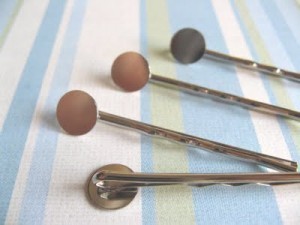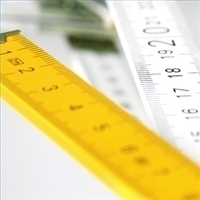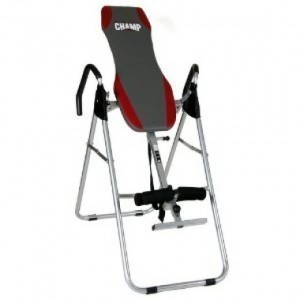Pin Sizes
Pin sizes are typically measured in sixteenths of an inch.  For example, #17 is actually 17/16 (that is, 1/16 inches). But as the following makes plain, there are other ways the dimensions of a pin are determined.
For example, #17 is actually 17/16 (that is, 1/16 inches). But as the following makes plain, there are other ways the dimensions of a pin are determined.
Pin Measurements
Pins are distinguished from one another by number. Usually, the smaller ones are numbered from 3, 4, 5, 6, 7, 8, 9, 10, 11, 12, 13 and 14. From there the size are in twos (i.e., 16, 18 up to 20, the largest one). There are also black pins employed for mourning. Their sizes range from number 4 to number 10.1.
Safety Pins
Safety pins come in various sizes. A size 3 pin is typically a couple of inches long. On the other hand, a size 2 pin is 1-1/2 inches long. Safety pin size 1 is about 1-1/16 inches. The size 0 is 7/8 inches, while the size 00 is ¾ of an inch.
If you’re designing patterns, keep in mind that the size affects the seed beads that can be held. A 7/8 of an inch pin can hold eight seed beads. The 1 1/16 inch safety pin holds ten seed beads. Anything longer than 1 1/16 inches may be too wide to hold any.
A 1 1/2 inch long safety pin can hold ten beaded safety pins. A 1 3/4 inch long safety pin can hold a dozen beaded safety pins, while a 2 inch safety pin can hold up to 14. Just as pin sizes differ, so do the seed beads. Several of them are about 2 mm.
Pins for Lacemaking
Pins are sold with two numbers on them (i.e., Newey Pins 26 x .65). The first number denotes the pin length in mm, so a 26 pin is about an inch long, so the higher the number, the longer the pin. The second number refers to the diameter in hundredths of a millimeter.
The Newey 26 x .65 is regarded as the standard pin and is used for Brugge Flower Lace. For Milanese lace, the Belgium 19 x .55 is more suitable. When considering pin sizes, the lace type matters. As a rule, the finer the lace, the shorter the pin needed.
Take the 30 x .50 pin. This long pin is suited for the straight lace especially if the pins are close together. The insect pin (38 x .40) is the exact opposite of this and ideal for fine threads. For other fine free laces, the Belgian 17 x .45 and the Newey 26 x .55 are ideal.
How Pins are Made
The earliest pins were used by the Sumerians nearly 4,000 years ago. The pins were made of iron or bones. Today, pins are made out of copper, steel or brass. The creation process is simple enough; a thin wire is drawn out and the end is sharpened. Finally a head is added on.
Any confusion you may have about pin sizes will disappear once you start using them. The more you practice using pins, the easier it will be to remember the sizes and specifications.





